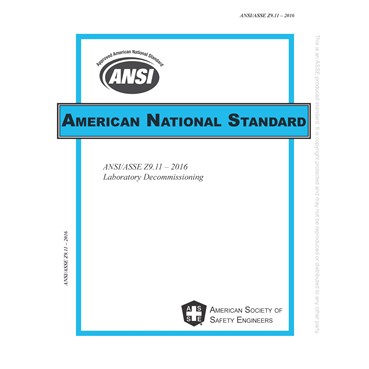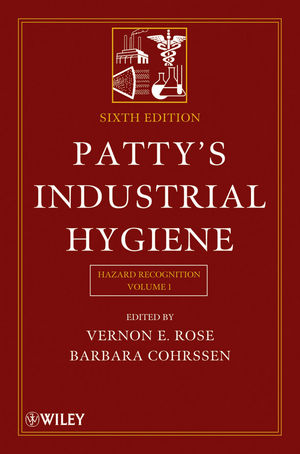What’s the endocrine system?
Throughout our body are various receptor cells (locks) waiting to be turned on/off at the right moment by hormones (keys). Turning receptor cells on/off helps regulate all biological processes in the body.
Disruptions in the natural timing and sequence of the endocrine system may have negative effects including infertility, promotion of prostate cancer, testicular cancer and breast cancer, or even increase rates of diabetes, obesity and asthma.
EDCs as health hazards
When OSHA promulgated the HazCom standard back in 1985, EDCs were not included. The first official concern over EDCs in the U.S. appeared in the Food Quality Act of 1996 and the Safe Drinking Water Act of 1996. The EPA began an Endocrine Disruptor Screening Program in 1998. The FDA and other U.S. agencies have difficulty researching and regulating EDCs. Many EDCs are harmful at low doses and safe at high doses.
BPA example
Global, national, state and local regulations of EDCs are moving forward awkwardly. Regulation of the EDC, Bisphenyl A (BPA) is the prime example. BPA is found in many products including food containers and cash register receipts that expose wide populations. Primarily because of the dose dilemma, i.e. harmful at low dose and safe at high, research has turned up mixed reviews of the potential harm from BPA exposure.
Still, several countries, particularly those in Europe, restrict the sale of food containers with BPA when sold to be used by infants and children. China banned BPA in baby bottles effective June 1, 2011. Connecticut, Maryland, New York, Minnesota, Vermont, Washington and Wisconsin passed laws between 2009-2011 banning BPA in various products for children.
Precautions
Additional regulatory bans and restrictions on EDCs are certain. To address this potential, along with the uncertainty of health effects, I suggest you take a precautionary approach. Basic precautions include: 1) identify if EDCs are in your organization’s chemical inventory; 2) determine exposure, particularly via skin contact; 3) reduce exposure where practical; and, 4) substitute the EDC with a safer alternative.
Lists of EDCs
In mid-2011, ChemSec, a global NGO that promotes the transition of organizations and individuals to less toxic products and processes, added 22 new EDCs to their version 2.0 “SIN” (Substitute it Now) list. These new EDCs meet the criteria for SVHC, according to ChemSec. The SIN 2.0 list is found at www.sinlist.org.
A large list of EDCs is found at http://www.endocrinedisruption.com/endocrine.TEDXList.overview.php. Verify that a chemical on the list is truly an EDC before you act on the information.
The National library of Medicine’s TOX Town includes a list of chemicals that are endocrine disruptors at http://toxtown.nlm.nih.gov/text_version/chemicals.php?id=65. This list is important because it is intended for public use.
Reduce exposure
Control EDCs exposure through the IH hierarchy of control strategy: 1) elimination; 2) substitution; 3) engineering; 4) warnings; 5) administrative; and, 6) personal protective equipment. Skin exposure in the workplace may be more important than inhalation.
Review NIOSH Current Intelligence Bulletin 61, Publication No. 2009–147, “A Strategy for Assigning New NIOSH Skin Notations” at http://www.cdc.gov/niosh/docs/2009-147/pdfs/2009-147.pdf. The strategy will help assign risk of skin contact with chemicals. Determine if NIOSH has developed a strategy specifically for an EDC of your interest. For example, NIOSH has a skin profile for BPA at http://www.cdc.gov/niosh/docs/2011-144/pdfs/2011-144.pdf.
Learn more
The Endocrine Society, formed in 1916, is a group of medical professionals with a shared interest in endocrinology. In 2009, the society first addressed EDCs (see http://www.endo-society.org/journals/scientificstatements/). It presents evidence on the health threats posed by EDCs and offers recommendations for the future. Read this statement to enhance your understanding of EDCs.
Several scientific articles have been published recently on <occupational exposure to endocrine disrupting chemicals>. Run a Google search for the words in caption to review these articles. Remember, when using online data, the information is only as good as the source. Choose reputable sources for information, such as data from peer reviewed journals.










